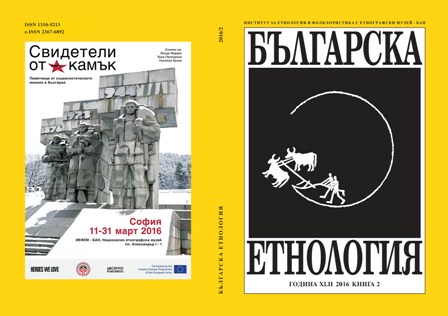
We kindly inform you that, as long as the subject affiliation of our 300.000+ articles is in progress, you might get unsufficient or no results on your third level or second level search. In this case, please broaden your search criteria.


The purpose of this paper is to examine the way in which the experience of the Holocaust can be represented, embodied and even relived in or through music. The category of experience thus serves as a main methodological tool in this survey, helping to reconstitute the process of expressing it through music, specifically in Arnold Schoenberg’s A Survivor from Warsaw Op. 46. A related point to consider is the composer’s engagement in the fight for human rights just before the World War II, a fact that is not yet widely recognized. A brief overview of Schoenberg’s religious, social, and political environment is followed by the history of the Survivor’s… origins, analysis of its literary text, and, finally, interpretation. While discussing the ethical limits of the Holocaust representation, the opinions of Theodor W. Adorno, Ernst van Alphen, Berel Lang, and Giorgio Agamben are consulted.
More...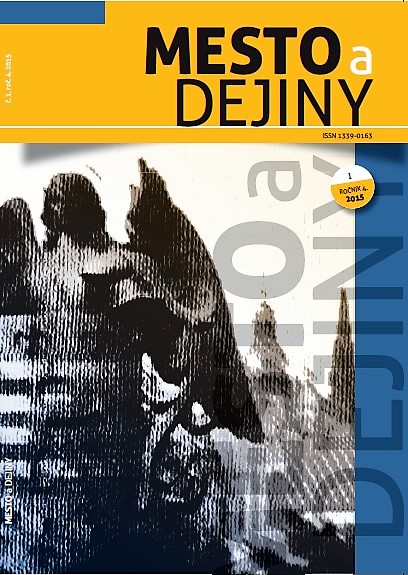
The paper deals with complex problems in addressing the adverse housing situation of the Roma population in Košice. After World War II, part of the city known as the gypsy camp under Moldavská way found itself in an extremely exposed position at the entrance to the city. Arrival the amount of working class from rural areas with extensive construction and urbanization ratios further deepen. Numerous Roma growth was evident. Housing problems are addressed through an allocation of older apartments, phasing out the huts in the camp and fi nally focusing on specifi c Roma settlement. The idea of a separate settlement originated in the mid-60s, in 1970, the planned housing units was not built. Another intention of anticipated settlement was in the area Myslava with lower standard family houses. Because of the high costs the concept of prefabricated houses gallery type was born. The government in 1976 refused to deal with Roma housing in specifi c neighbourhoods. Council city national committee nevertheless approved the construction of Luník IX without a specifi c focus. The construction was carried out in late 1970s, several policies were processed recall procedure Roma families from the camp as well as the old city, according to various streets. In 1981 began the history of Luník IX, its ethnic ghettoization with disastrous consequences to the present.
More...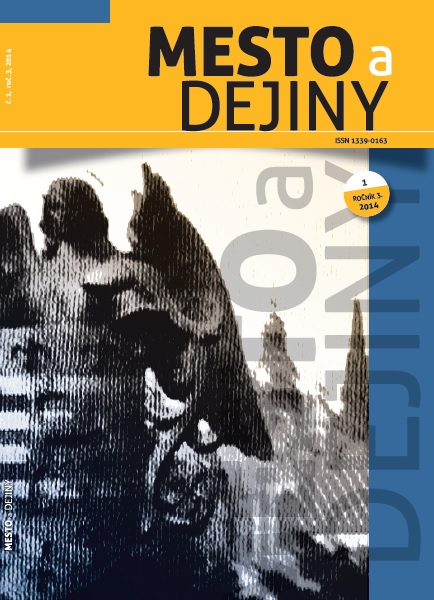
Materials about the nature of personal relationships are an important source of information about everyday life. This article bring information on daily life and attention is focused on the city of Krakow. In addition leading themes, personal relationships contain a lot of information about the difficulties with the supply and quality of housing, the attitude towards the changes taking place in the city, functioning within the official public life and privacy. The purpose of this article is not to criticize source materials such as memoirs, or reflections on the formation and functioning of the memory of the war and occupation.
More...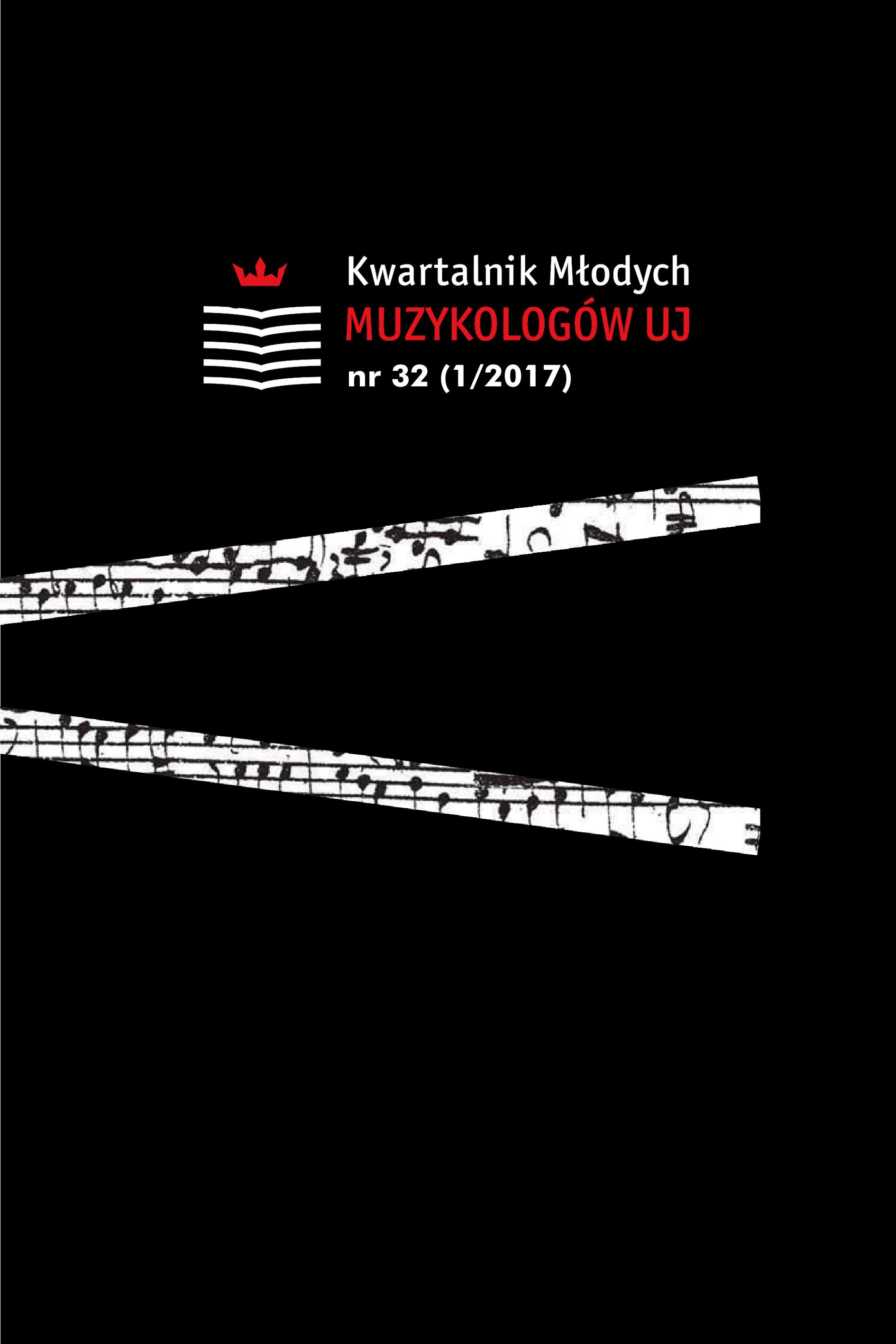
The article presents the conclusion of the research conducted by the author in the collection of the State Museum of Auschwitz-Birkenau, former German Nazi concentration and extermination camp. The sources are fully featured and described for the first time. The article focuses on showing a complicated post-war history of the camp items connected with music (musical instruments, printings, manuscripts, handwritten copies of instrumental books), which are auxiliary sources to reconstruct the repertoire of chapels in KL Auschwitz-Birkenau. The main aim of the article is to also discuss the preserved repertoire. In the last chapter, the author presents a short characteristics of original works composed by musicians and composers in slavery with a short analysis of all of them. Presented musical printings are a reflection of tastes of the German public in the 1930s as well as an example of ridiculous anthropological establishments of Nazi music scientists and no ability to implement it on listeners practice. In addition, the work contains annexes: musical instruments, original works composed during camp existence, and musical printings – a list of music materials which survived in the collection of the Auschwitz-Birkenau State Museum.
More...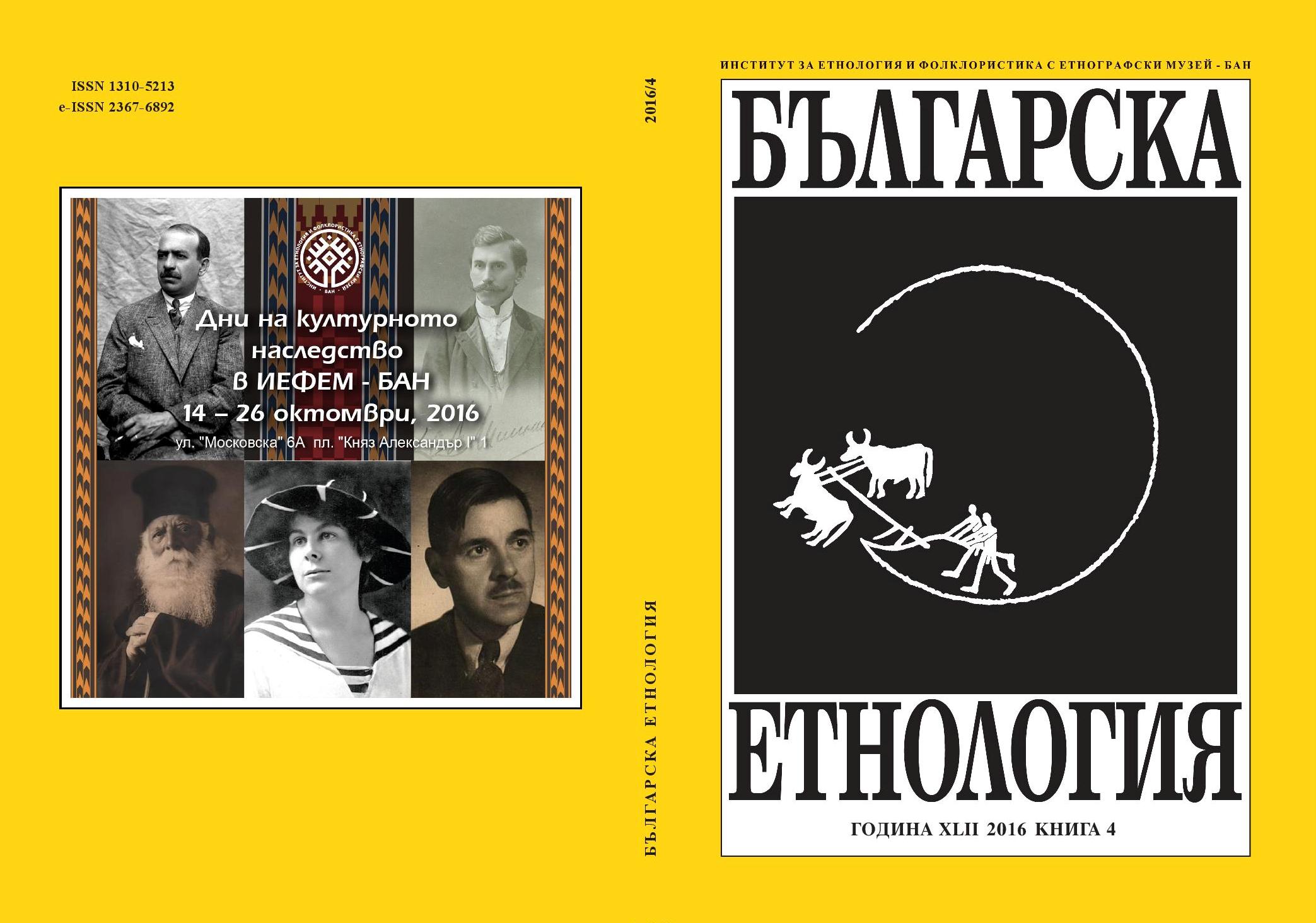

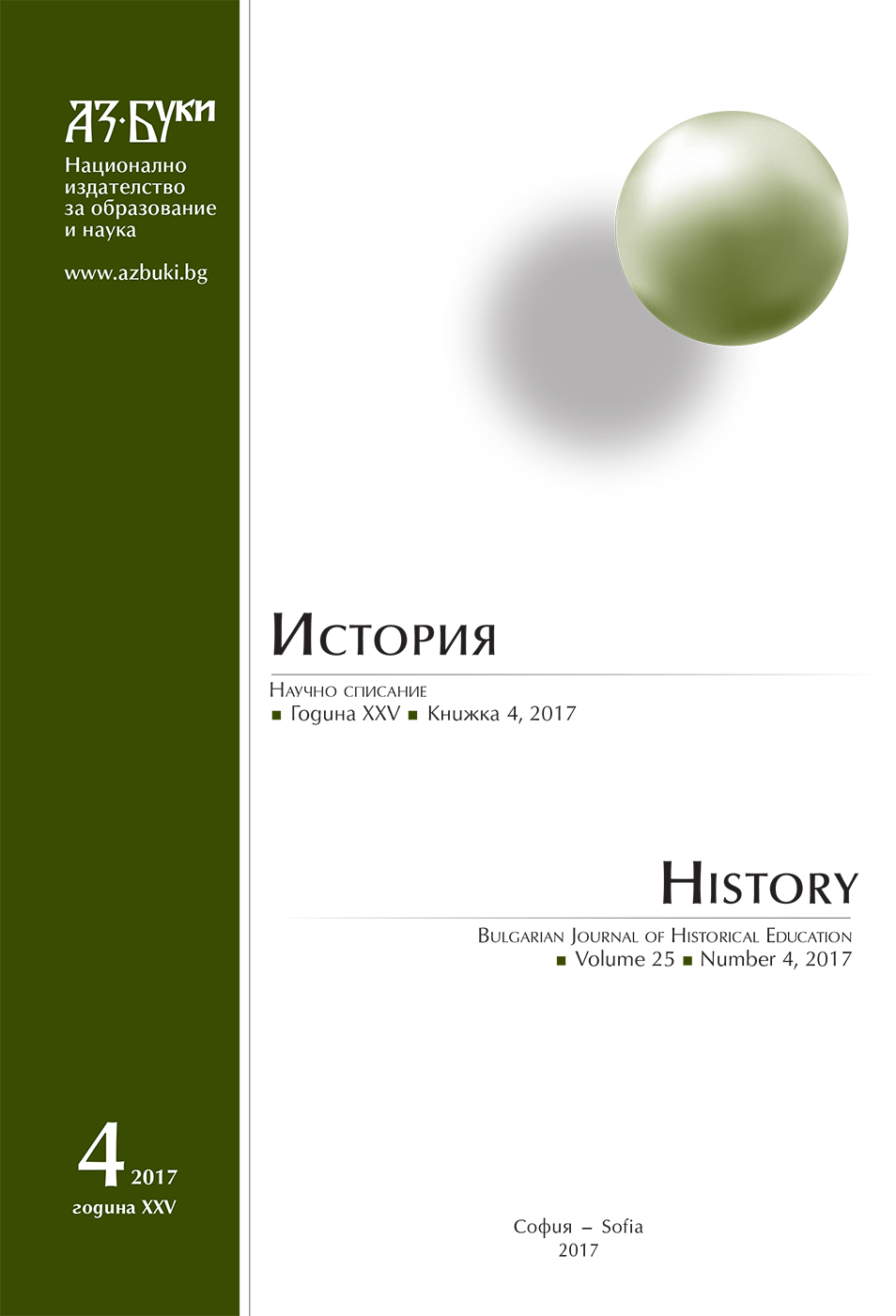
This article deals wiht the phenomenon of Jews that managed to escape from the ghettos and the camps in the territory of German-occupied Poland. In the analysis of the data from the encyclopaedia of the ghettos, published by the Institute Yad Vashem, as well as from the literature on the subject, the author found that at least 60 000 Jews has fled to the so called Aria area in occupied Poland.
More...
The article makes a brief historical review of the development of Roma publicationsin the countries in Eastern Europe by emphasizing the processes in each country andthe interrelations between their policies regarding the Roma culture and the Roma literary production. The aim of the article is to show that the development of Roma literature is related to the political, social and cultural context in the country or region of its creation. The comparative historical approach is the most appropriate for the purpose since the tendencies in the development of the Roma literature are related to the policies of identity (in general or directed to the Roma population) in different historical periods and regions.
More...
The purpose of the present article is to trace the history and to show the activities performedby the gypsies/Romani organizations in Shumen, Bulgaria during the period between 1944 and 1990. The history of these organizations is going through several periods which match the political periods regarding the gypsy population in Bulgaria.It was founded in 1946, when Bulgaria was leading a policy of ethnical recognition of the gypsies and a wide consideration of their cultural and historical identity. Inthe beginning of the 1950s, due to the fear of the so-called “turcheene” (i.e. public demonstration of the Turkish ethnic identity) among a large part of the gypsies, there was a turning-point in the public policy – the Cultural and Educational organization of the gypsies was forbidden and they got into the hands of the “Fatherland Front” (“Otechestven front”). In spite of the restrictions and interdictions, in 1967 the leaders of the Gypsy movement in Shumen restored their organization by the name of “Roma”, but they didn’t get the recognition and validation from the government. In spite of this, they continued to work for the protection of the Gypsy community in Shumen and in all of their activities in several basic directions (socioeconomic, political, educational and cultural) were performed by the organization’s name. This continued until the beginning of the 1990s, when the organization was recovered, andalong side this a number of new organizations arose.
More...
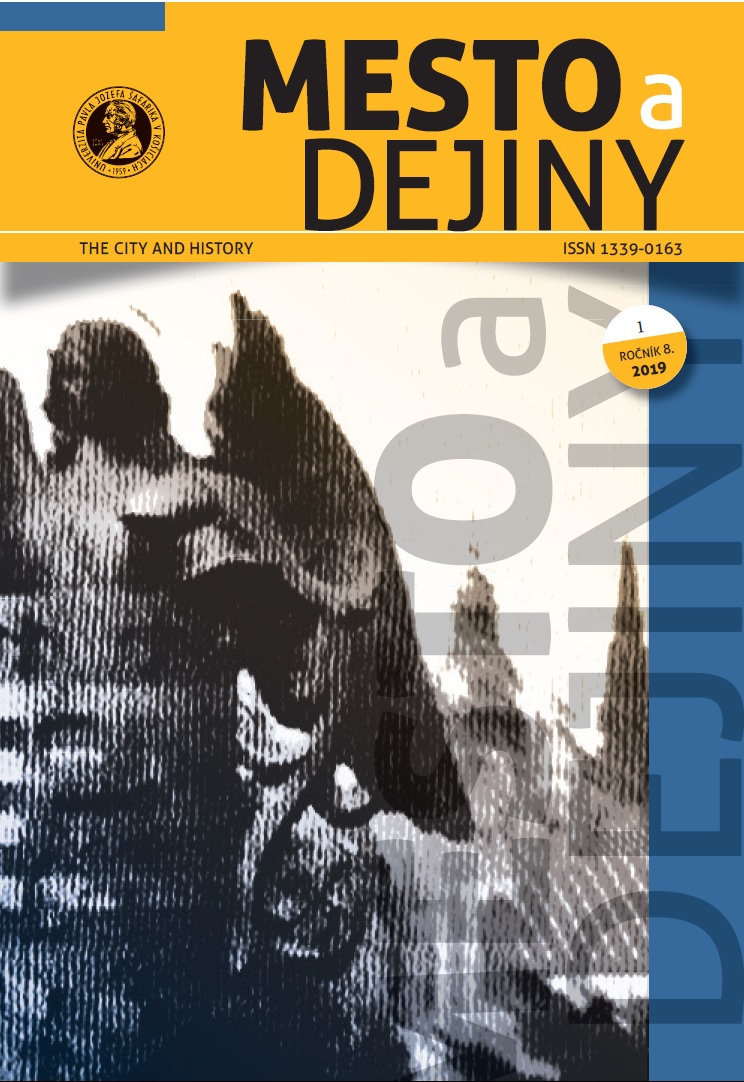
The extension of totalitarian and authoritarian regimes in the first half of the twentieth century, which hit most European states, required political interferences within the highest legislative and executive authorities of states as well as in local administrations and bodies of self-government. Legislative interventions resulted in the formation of new local political elites whose representatives, mostly recruited by the criterion of political reliability, held the defining positions and played the significant role in implementing anti-Jewish policy during the Holocaust era. The main aim of this contribution is the analysis of the mechanisms of legislative interventions into the creation of new local political elites in selected examples of Nazi-occupied countries (General Government, Protectorate of Bohemia and Moravia) and allied regimes (Slovak State and Hungary).
More...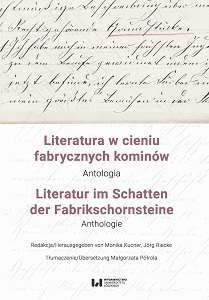
The book is a bilingual anthology of over fifty texts written in German by 19th- and 20th-century authors, absent from the critical and popular consciousness so far, but deeply rooted in Łódź history. The editors attempted to reconstruct literature written in the distinct regional variety of the German language called Lodzer Deutsch (or Lodzerdeutsch), and to present it as translated into Polish. The texts have for the most part been sourced from newspapers, few of which having been digitized; the publication therefore also contributes to saving the cultural heritage of Łódź. The reader can also find authors’ profiles, a minidictionary of selected Lodzerdeutsch vocabulary, introductory essays on the historical and cultural context of “Łódź literature” and on the characteristics of the Łódź variety of German. The publication is accompanied by five audio tracks in Lodzerdeutsch read by Aurelia Scheffel, who left Łódź – her home town – and moved with her parents to Oldenburg in 1946. The language presented in the recordings is one which Scheffel used on a daily basis in her home. Each track can be played by clicking on a corresponding link below.
More...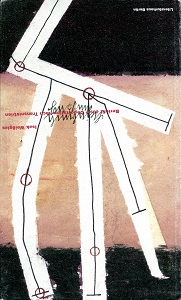
In 1982, Gerhardt Csejka, then editor of the journal “Neue Literatur”, rescued a few bundles of papers from the bathtub in Alfred Kittner's Bucharest apartment. Alfred Kittner, the poet from Chernivtsi and living in Bucharest since 1943, stayed in Düsseldorf after a visit to the Federal Republic of Germany. The Bucharest authorities then forcibly opened the apartment, sold the large library to the Bucharest antiquarian book-market and threw all other papers - including valuable manuscripts, letters and personal documents - into the bathroom as rubbish. Gerhardt Csejka managed to save some of this material, including this report, published here for the first time in full, about one of the numerous deportations of Jews from Czernowitz that began in 1941, which named Alfred Kittner and his family as deportation victims and fellow sufferers of the narrator. It is a 93-page second or third, at least a pale typewriter copy, with three unpaginated sheets of paper with tabular overviews of dates, names and events. We have this bundle for the first time shown in Berlin in 1993/94 in the exhibition of the Literaturhaus Berlin “In the language of murderers. A literature from Czernowitz, Bukowina " and, after a few other presentations, also in Bucharest, and an excerpt, limited to a few pages, in the exhibition book of the same title.
More...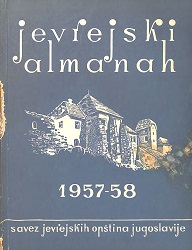
Doc. dr LAVOSLAV GLESINGER: Hobraizmi u govoru zagrebačkih Jevreja i ne-Jevreja / Dr SAMUEL PINTO: Španjolske izreke i poslovice bosanskih Sefarada / MARKO S. iMIRČ: Jevreji na Balkanskom Poluostrvu i u staroj srpskoj državi do dolaska Turaka / LAZAR ĆELAP: Jevreji u Zemunu za vreme Vojne granice / Ing. arh. (MILICA DETONI: Mariborski geto / Prof, dr MIROSLAVA DESPOT: Protužidovski izgredi u Zagorju i Zagrebu godine 1883 / MARIJANA SCHNEIDER: Predmeti židovskog verskog karaktera u Povijesnom muzeju Hrvatske u Zagrebu / Prof. PAULINA ALBALA: Dr David Albala kao jevrejski nacionalni radnik / DAVID-DALE LEVI: Bitoljsk: Jevreji u Narodnooslobodilačkoj borbi / SVETLI TRAGOVI JEDNOG HEROJSKOG MUČENIKA / Dr BUKIČ PIJADE: Tri pesme iz logora na Banjici / DOBRIVOJE DIM. BRANKOVIĆ: In memoriam dr Bukića Pijade / Dr ŽARKO FOGARAŠ: (Mučenik dr Bukić Pijade na Banjici / ĐURO PAVLOVIČ: Narodni heroj Josip Engl / JAKOV ATIJAS: Drug Berto / Prof. dr ALBERT VAJS: Osvrt i .perspektiva / Dr ZDENKO LEVNTAL: Naš rad ina ^istraživanju istorije jugoslovenskih Jevreja / EDITA VAJS: Učešće žena u jevrejskom javnom radu u Jugoslaviji / GAVRILO DELEON: O deđatnostr jevrejske omladine u Jugoslaviji / MAKS VAJS: Prethodni rezultati ipopisa Jevreja u Jugoslaviji / ALEKSANDAR LEVI: „Suma mučenika” — spomenik Jevrejima palim borcima i žrtvama /fašizma / Dr CVl ROTEM: Izrael na pragu drugog decenija / JAKIR EVENTOV: Nostalgije Evropljanima. Uz desetog od išnjicu smrti Aleksandra Lichta / NAFTALI-BATA GEDALJA: Dva cara i jedna kraljica / Dr ŽAK KALDERON: Hramovi nauke u Izraelu / DIMITRI JE MAŠANOVIĆ: Neki elementi duhovne i estetske strukture pripo- vedaka Isaka Samokovlije / Dr CVI ROTEM: Hinko Gottlieb u Erec Jisraelu / HINKO GOTTLIEB: Hana i Malka / DANILO NAHMIJAS: Umiranje / VLADISLAV BRONJEVSKI: Poljskim Jevrejima / INA JUN-BRODA: Iz ciklusa „Ruke” / BOŽIDAR KOVAČEVIČ: Večiti Izrailj / LJUBIŠ A JOCIČ: Pesma Jevrejka / ŽAK KONFINO: Ludnica / MAJA ZRNIČ: Vodič / JULIJA NAJMAN: Sonata za violinu / NEPOZNATI AUTOR: Dijete / SONJA NAHMAN-PREMRU: Nove cipele / IGNAC HOROVIC: Skela broj pet / DRAGO MILETIČ: Zvetzde su bžle žute / Dr TEODOR KOVAČ: Dnevnik Ane Frank / IVAN IVANJI: Esesovci i Jevreji / Prilog: Hronologija važnijih događaja iz žuvota jevrejske zajednice u Jugoslaviji (1956-1958) / Beleške o nekim saradnicima i radovima ovog Almanaha
More...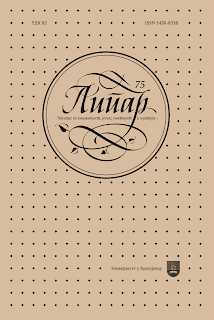
The goal of this paper is to investigate the memory of the Holocaust, i.e. the reception and representation of the suffering of the Jewish population during the rule of the Third Reich (under Nazi rule and occupation) in the capitals of the states constituted after the Second World War - in East Berlin, GDR, and Belgrade, SFRY, during the period from 1945 to 1989/1991. Relying on the achievements of memory studies and analyzing the political moods of that time and the ways of constructing official narratives about Jewish suffering in selected post-war Communist countries, the similarities and differences in the policy of representing Jewish suffering in these two countries and the memory of Jewish victims in places of remembrance and in the practices of remembrance in their capitals will be pointed out.
More...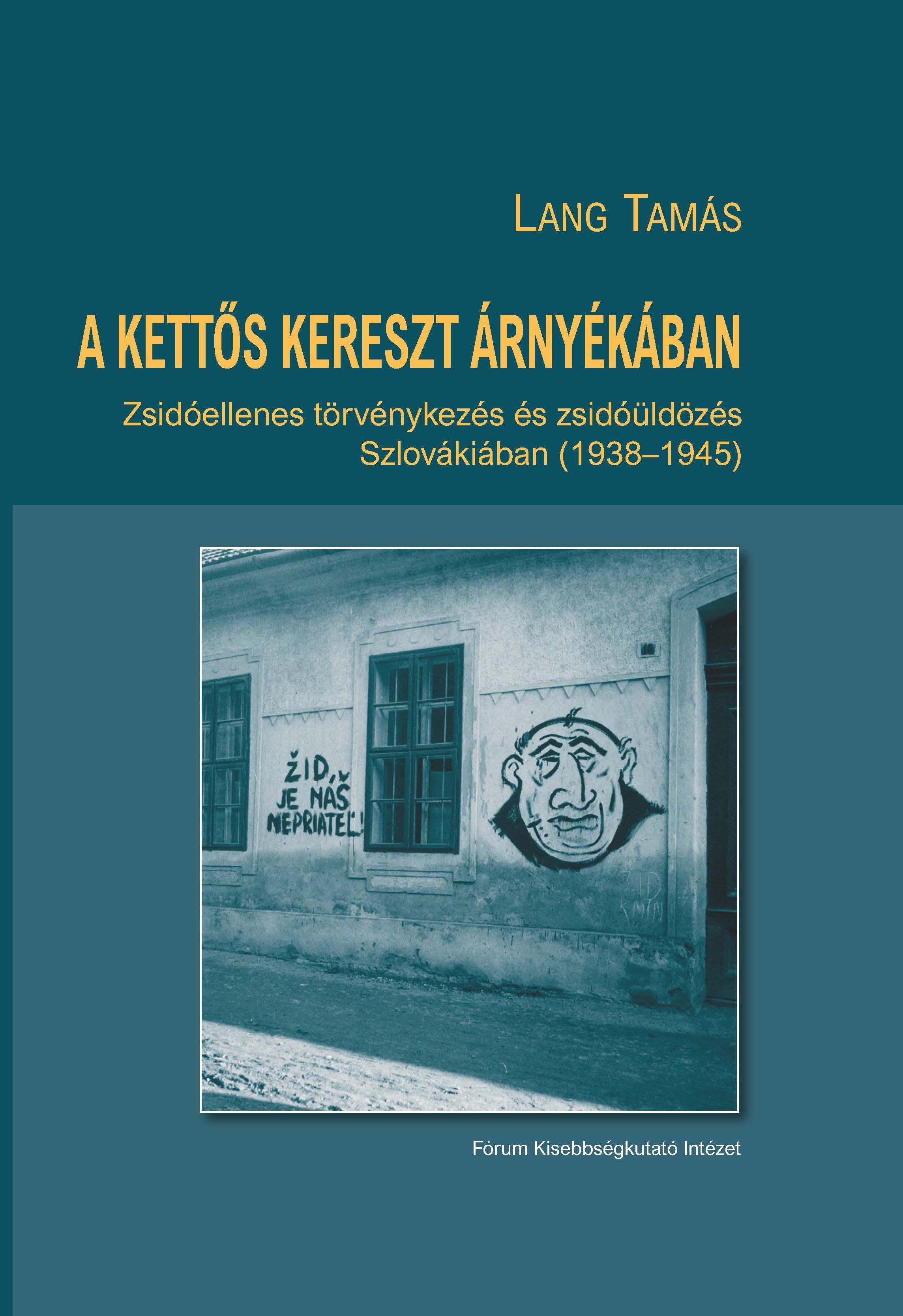
This book presents the background, course, and consequences of the Holocaust in Slovakia. Slovakia was the only country in Europe that voluntarily used its own resources to deport Slovak Jews to the death camps, while paying the German Reich for every Jew deported. The author draws on archival and contemporary press sources, as well as on the literature on the subject, to describe this process, while at the same time also touching on its Hungarian aspects. When describing the tragedy of Slovak Jewry, he does not confine himself to the end of the war, but also addresses the question of the reintegration of the surviving Jews into society and the resurgence of anti-Jewish sentiment in Slovakia after the war.
More...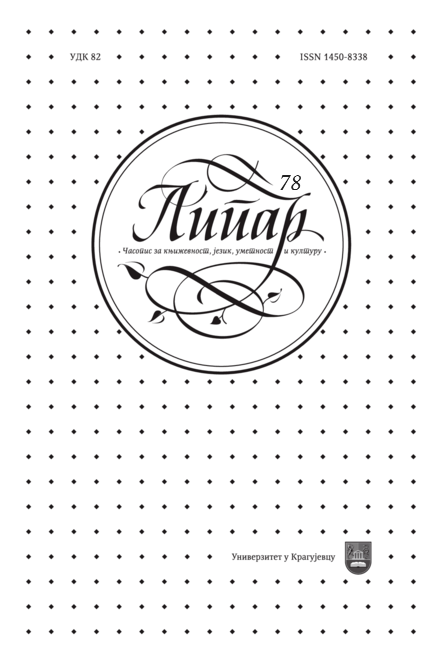
In this paper, we consider the phenomenon of fictionalization of the theme of the Goli otok in novels (mostly written by women), as a kind of collective and ideological trauma, which has been a taboo topic in socialist Yugoslavia for more than 40th years. Biljana Jovanović (Duša, jedinica moja, 1984) and Boba Blagojević (Skerletna luda, 1991) started the topic of Goli otok in a women’s ideological novel and after that the topic of IB Resolution continued through different genres: publicist- memoir work (Ženi Lebl), autobiographical novel (Vera Cenić), or a real postmodern novel by Milka Žicina (Sve, sve, sve, 2002), all the way to a modern novel, with a fictional protagonist, which combines all the experiences of the Goli Otok`s victims (G. Zalad, Plava tišina, D. Grossman, Život se sa mnom mnogo poigrao). We divide the origin of these novels into the works of women writers who personally experienced torture of Goli otok (Ž. Lebl, V. Cenić, M. Žicina, Eva Panić), and those who were born much later, dealt with this topic completely through the fiction (G. Zalad, D. Ilić, D. Grosman). V. Cenić and M. Žicine also created several impressive literary heroines, whose degree of fictionalization we have specifically analyzed here as literary heroines (Brana Marković, Dragica Srzentić, Slavka Pogačarević, Eva Panić Nahir), as well as the type of antiheroine in the character of Marija Zelić, the warden of the camp on Goli Otok. These are works whose literary qualities should be much more present on our literary scene, and with a good film adaptation they should enter a much wider, public reception, especially since film as a medium is the main subtext of two modern novels about Goli Otok (G. Zalad, D. Grosman).
More...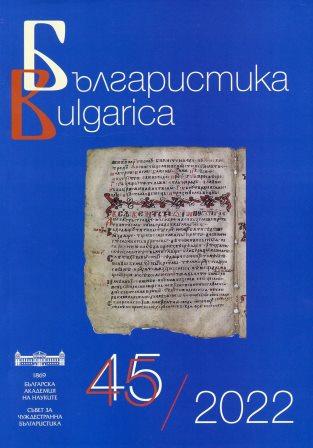
Selected bibliography in the field of Bulgarian Studies published in the current year.
More...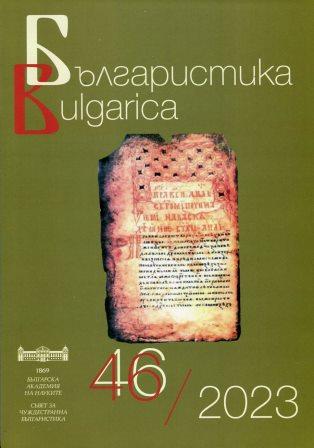
Data about scientific events in the field of the humanities in Bulgaria in the first half of 2023.
More...